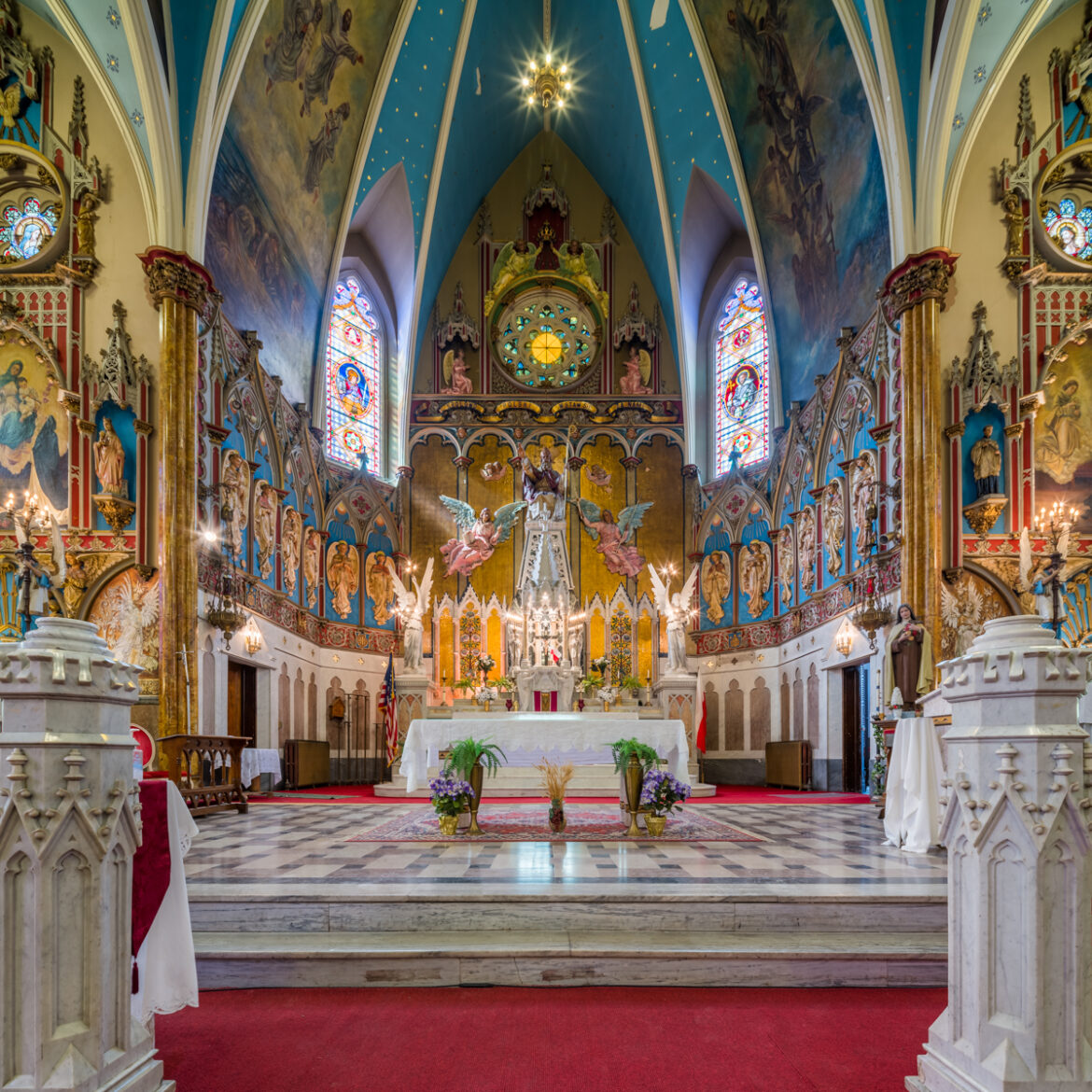In exploring the question of whether the Church of England can be categorized as Catholic, one must navigate the intricate waters of historical context, theological underpinnings, and the multifaceted nature of identity within the Christian faith. The Church of England emerged from a distinctive historical predicament, which reshaped its trajectory and doctrinal emphases, ultimately influencing the ecclesiastical landscape both regionally and globally.
The genesis of the Church of England can be traced to the Reformation, a significant religious movement in the 16th century that sought to reform the fractures perceived within the Roman Catholic Church. King Henry VIII’s desire for an annulment from Catherine of Aragon led to a profound theological and political upheaval. The Act of Supremacy in 1534 declared the monarch as the Supreme Head of the Church of England, thereby severing ties with the papacy in Rome. This act was not merely a political maneuver; it represented a seismic shift in the relationship between church and state, establishing a precedent for national ecclesiastical governance.
The early years of the Church of England were marked by significant theological ambiguities. While doctrinal reforms were initiated, the extent to which these changes would diverge from Roman Catholicism remained something of a contentious point. Many early Anglican theologians endeavored to retain a connection to historical Christianity, particularly through liturgical practices that mirrored those found within Catholicism. This duality of heritage, both Catholic and Protestant, created an ecclesiastical identity that was at once familiar and revolutionary.
The term “Catholic” itself merits scrutiny. In its broadest sense, it denotes universality within the Christian faith. The Church of England asserts its Catholicity through adherence to the Apostolic tradition and liturgy, claims of apostolic succession, and the seven sacraments, all hallmarks traditionally associated with the universal Church. Therefore, from a historical standpoint, the Church of England often proposes itself as part of the one, holy, universal, and apostolic church, as articulated in the Nicene Creed.
Yet, within Anglicanism exists a complex tapestry of beliefs and practices that diverges markedly from Roman Catholicism. The Thirty-Nine Articles of Religion, penned in the 16th century, encapsulate distinct Protestant theological tenets. The emphasis on Scripture as the primary source of authority, the rejection of the concept of purgatory, and the reformulation of the sacraments have all contributed to a theological divergence from traditional Catholic doctrine. This divergence raises substantive questions regarding whether the Church of England can legitimately be labeled Catholic.
Another dimension of this inquiry involves examining how the Church of England perceives itself in relation to the global Anglican Communion. The Communion is a federation of Anglican churches worldwide, many of which maintain a more pronounced commitment to Catholic identity. For instance, the Episcopal Church in the United States and the Anglican Church in Australia often align themselves closely with Catholic traditions and practices, embracing a sacramental worldview rooted in ancient liturgical rites.
Moreover, the contemporary dialogical efforts between Anglicanism and Roman Catholicism signal an attempt at reconciling historical grievances. The Anglican-Roman Catholic International Commission (ARCIC) has sought to bridge theological divides through dialogue and mutual exploration of shared beliefs. Such initiatives reflect a growing recognition of the need for unity within the broader Christian domain and a desire to confront issues of ecclesial fragmentation.
The historical narrative surrounding the Church of England is punctuated by literary and artistic contributions that emphasize its Catholic heritage. Iconic works such as Thomas Cranmer’s Book of Common Prayer serve as testament to the enduring legacy of Catholic liturgy within Anglican worship. The interplay between the sacred and the secular in Anglican worship highlights a distinctive approach that seeks to honor both tradition and reform.
Nonetheless, one must acknowledge that Anglicanism harbors a diverse spectrum of beliefs, often categorized into two primary branches: the “High Church” Anglicans who align more closely with Catholic practices and the “Low Church” Anglicans who embody more Protestant ideologies. This internal plurality complicates any definitive categorization of the Church of England as wholly Catholic or Protestant, weaving a rich and diverse ecclesial identity that defies simple classification.
In conclusion, the inquiry into whether the Church of England is Catholic must countenance historical contexts, theological nuances, and the implications of a diverse ecclesiastical community. While it claims much of the Catholic tradition, the complexities arising from its reformation roots, the resulting doctrinal distinctiveness, and its contemporary interactions with both the Roman Catholic Church and the wider Anglican Communion suggest that any answer may be inherently multifaceted. It remains, then, a matter of perspective—one that vivifies a continuous conversation about identity, legacy, and the essence of the Church in an ever-evolving Christian landscape.



